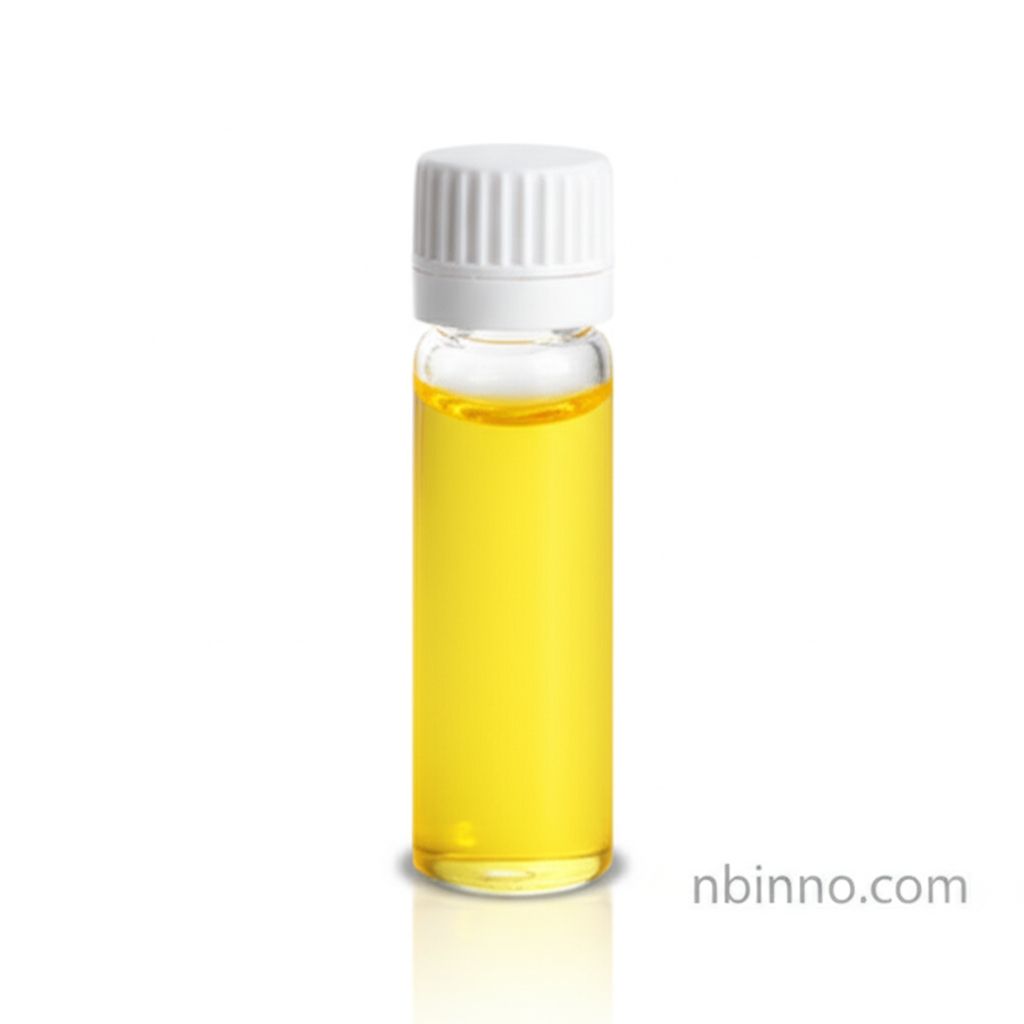N-(1-Cyclohexen-1-yl)morpholine CAS 670-80-4: Synthesis, Properties, and Applications in Organic Chemistry
Explore the key attributes and uses of this vital organic intermediate for your research and development needs.
Get a Quote & SampleProduct Core Value

N-(1-Cyclohexen-1-yl)morpholine
N-(1-Cyclohexen-1-yl)morpholine is a crucial organic compound with the CAS number 670-80-4. It is characterized by its transformation into various complex molecules, making it an indispensable component in the organic synthesis sector. Its unique chemical structure allows for diverse applications in the creation of advanced materials and novel therapeutic agents.
- Discover the versatility of N-(1-Cyclohexen-1-yl)morpholine as a key building block in sophisticated organic synthesis pathways.
- Understand the physicochemical properties of CAS 670-80-4, including its appearance and key application areas in research.
- Learn about its utility as a pharmaceutical building block, aiding in the development of new drugs and treatments.
- Explore the role of this cyclohexene morpholine derivative in advancing agrochemical formulations and material science innovations.
Key Advantages
Versatile Synthesis Intermediate
Leverage the exceptional reactivity of N-(1-Cyclohexen-1-yl)morpholine, a cornerstone for chemists aiming to construct intricate molecular architectures in organic synthesis.
Enhanced Molecular Stability
Benefit from the inherent stability of this cyclohexene morpholine derivative, ensuring reliable performance in multi-step syntheses and demanding chemical environments.
Facilitates Pharmaceutical Development
As a premier pharmaceutical building block, N-(1-Cyclohexen-1-yl)morpholine accelerates the discovery and production of new pharmaceutical agents.
Key Applications
Organic Synthesis
The compound is extensively used in organic synthesis as a versatile intermediate for creating complex organic molecules, essential for various industries.
Materials Science
Its unique properties make it valuable in material science applications, contributing to the development of advanced polymers and specialty materials.
Biomedical Research
Researchers utilize N-(1-Cyclohexen-1-yl)morpholine in biomedical research, exploring its potential in developing novel therapeutic compounds and diagnostic tools.
Agrochemicals
As an agrochemical intermediate, it plays a role in the synthesis of crop protection agents and other agricultural chemicals.
